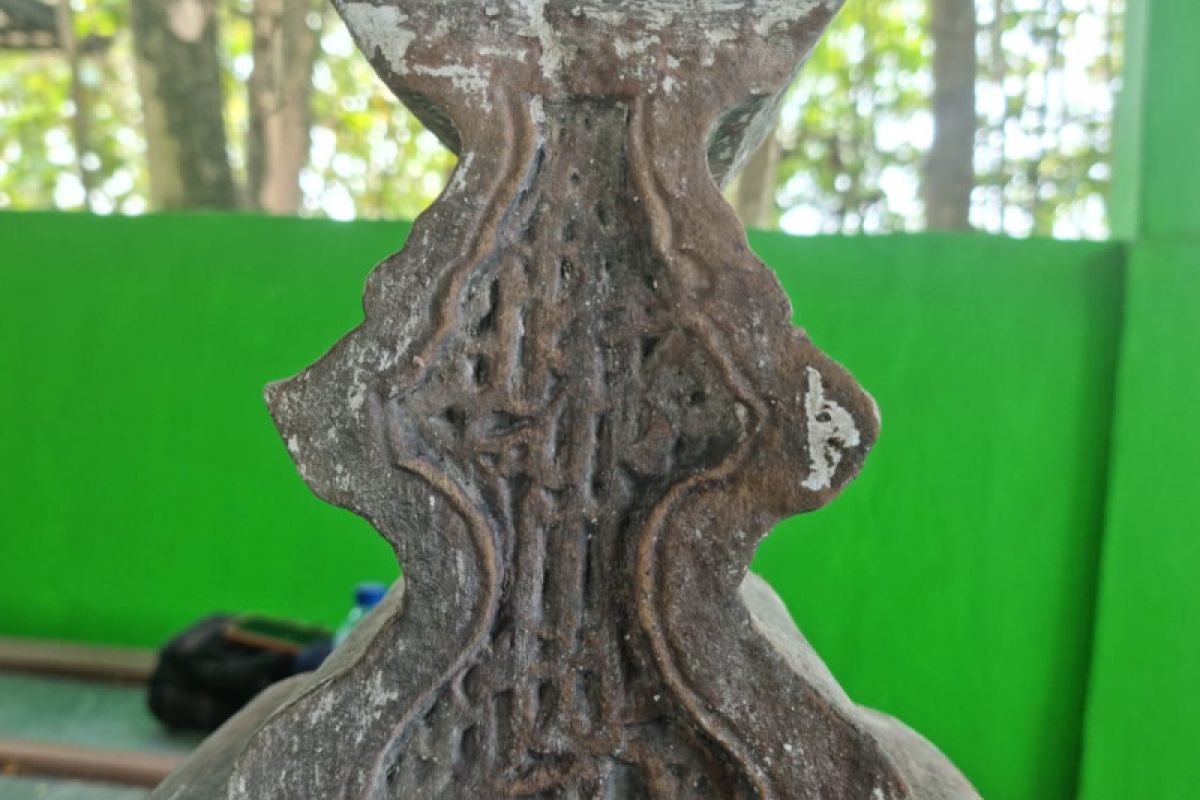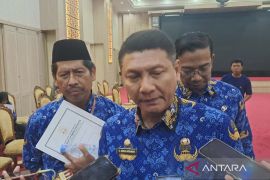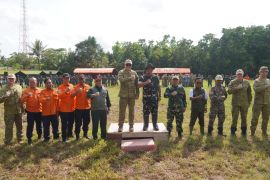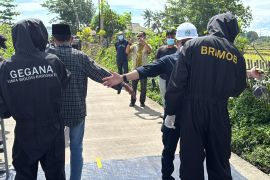According to Sariat Arifia, a researcher and author of the "Fatahillah" book, the inscription with the name of "Sulthan Mahmud bin Sulthon" on the tombstone, dated in the 16th-17th century, is indeed an archaeological evidence.
The archaeological evidence, found in the Sultan Maulana Yusuf graveyard, was the first discovery though the names of sultan had been mentioned in the histories of communities in Banten and other places in Java, he said.
Therefore, the discovery of the inscription with the name of "Sulthan Mahmud bin Sulthon" as read on the tombstone, could be regarded as "a historical event", he said in a statement received here Wednesday.
Arifia argued that the discovery was an important outcome of a collaborative effort of historians and history buffs from various parties.
The parties involved in the collaboration are, among others, the "Fatahillah" History Team from Cikande, Enthusiasts of Aceh History - Masyarakat Peduli Sejarah Aceh (Mapesa), Banten's Heirloom Clinic- Klinik Pusaka Banten, Lawang Agung Foundation, and Royal Descendants of Sultan of Banten Maulana Yusuf - Dzurriyat Sultan Maulana Yusuf.
Munawir, a calligrapher and Mapesa member, read the epigraph with the following findings: On its crown, it was read "the sentence of Tauhid and Sulthan Mahmud bin Sulthon". On the first line of its body, it was read "Muhammad bin Sulthan Yusuf" while on the second line of its body, it was read "bin Sulthan", and on the third line of its body, it could no longer be read due to its poor condition.
However, to complete the reading of the third line, Arya Purbaya, also a member of Mapesa, convinced that it was "Hasanuddin" though, owing to the condition of the stone, the alphabet "nun" were not in perfect shape to read, Arifia argued.
Despite the public perception that Hasanuddin is Banten's first sultan, an effort to improve the current condition of the discovered tombstone could help historians get more comprehensive evidence on the history.
To this end, a special preservation of the tombstone is needed to enable the historians to read its inscription more comprehensively, he said,adding that its inscription has so far been recorded as the first of its kind which contains the name of "sultan" in Java Island.
Arifia further said this tombstone had already been observed intensely as this graveyard complex had been visited for 13 times over these past three years related to his Fatahillah research project.
Along with a team of history buffs, he collected data and read the inscriptions of old gravestones in Java Island starting from Malik Ibrahim in East Java to Sultan Mahmud in Banten, he argued.
According to Arifia, in Banten, he and his team members had frequently mapped the typologies and read the inscriptions. He could confirm that Banten's tombstone evidently had the inscription of "Sultan Mahmud".
"Following Claude Gillot's four-year excavation, we have also conducted a thorough research project on Fatahillah in Banten," he said.
Referring to the Joao Da Barros records in "Decadas Asia" describing Fatahillah's arrival in Banten, Fatahillah was mentioned that he originated from Pasai (in Aceh Province).
"In this context, we study all tombstones with the typologies of Pasai/ Aceh in Banten, and connections of Pasai or currently called Aceh with Banten, and their relations with Cirebon in West Java, and other parts of Java's, either northern and southern coasts," he said.
The studies took a long time to get completed to enable him and other historians to respond to the fact of "colonization of history".
He said he is highly encouraged to rewrite the history of this nation which is free from the colonizers' falsification and distortion of historical records.
Meanwhile, Tubagus Safarudin (Sultan Plituk), chairperson of the Dzurriyat Panembahan Maulana Yusuf, praised the recent discovery of the tombstone, carved and inscribed with the name of "Sulthan Mahmud bin Sulthon".
He argued that the discovery would be able to unveil the "veil of darkness" the Dutch colonizer had wittingly created through Christiaan Snouck Hurgronye to mislead community for several hundred years.
"The falsification of stories, rooted in our community, has existed for 500 years. Therefore, I am so thankful for this finding," he said.
Safarudin urges the government's related agencies, especially the Cultural Heritage Preservation Agency (BPCB), to take immediate measures to follow up the discovery by considering its positive impact on Indonesian history.
Mizuar, chairperson of Mapesa, also shared his happiness with the discovery of the inscription with the name of Sultan in Banten.
"As far as we know in Mapesa, we have intensively studied and read the epitaphs of tombstones of noted Muslim figures in Aceh. For this tombstone in Banten in particular, I have called on Arifia to really look into it. Regarding the fact of Banten's discovery, it has so far been the only tombstone with the epigraphy of 'sultan' in Java," he said.
The discovery, which evidently reveals an age of Islamic culture in Java, can be followed by further research projects in an endeavour to uncover facts of tombstones of many other key Muslim figures of the past.
"We hope a closer relations can be built among historians and history buffs in Indonesia to intensify the studies of Islamic historiography," he said.
The discovery of the epitaph of Sultan Mahmud on a tombstone in Banten was a new cornerstone that would enrich the Islamic Civilization in Indonesia, and strengthen unity in fighting against the colonizer's distortion of Indonesia's history.
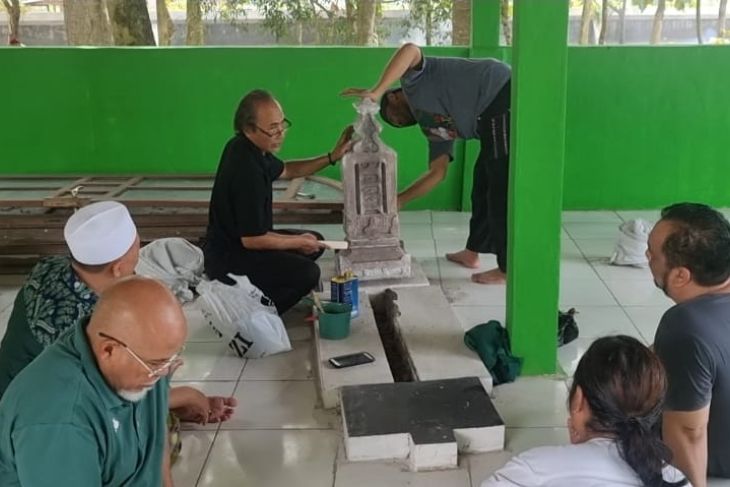
Related news: Reviewing history of Banjarmasin through Sultan Suriansyah Mosque
Editor: Rahmad Nasution
Copyright © ANTARA 2023
